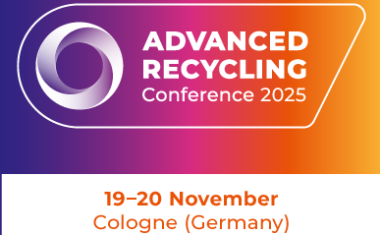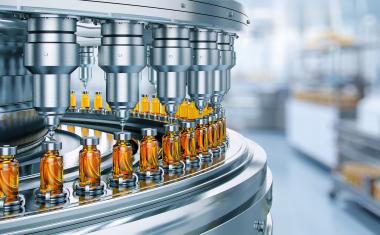Bottleneck Factors in E-Kerosene Production
A new study analyzes the material requirements for synthetic kerosene and shows how critical raw materials are becoming a challenge for the energy transition.
Dinh Du Tran und Angee Fehling, Dechema

The German government is sticking to its goal of achieving climate neutrality by 2045. While the path towards this goal can be clearly outlined for many sectors and the focus is often on the further expansion of renewable energies, some industrial sectors remain dependent on liquid energy sources. Ideally, these are sustainable and are produced in a greenhouse gas-neutral way.
One of these consumers is aviation, which is facing a huge transformation: synthetic kerosene (e-kerosene) is intended to create a climate-neutral alternative to fossil aviation fuels. But along the way, it is still unclear which technologies will be used or how many plants will be needed. However, it is already clear that the transformation will be very resource-intensive.
A joint study by PtX Lab Lausitz and Dechema is the first to systematically analyze the raw material requirements for 144 technology combinations in e-kerosene production. The result: in addition to the aforementioned electricity from renewable sources, it is above all critical metals such as iridium, platinum and cobalt and their availability that will determine the ramp-up.
Material Requirements of Various Technologies
The study uses the Total Material Requirement (TMR) indicator to systematically record the complex use of resources. In addition to the materials used directly, this holistic indicator also takes into account hidden raw material costs along the entire supply chain. The evaluation is based on modular life cycle assessments (LCAs), which enable comparable statements to be made about the material requirements of different technologies with relatively little data and time. A special feature of the study is that the entire e-kerosene value chain was broken down into three individual modules, from CO2 capture and hydrogen electrolysis to the synthesis of e-kerosene. Each module variant was modeled separately and dynamically linked in an interactive Excel dashboard. This allows individual technology combinations to be flexibly calculated and major influencing factors in the value chain to be determined.
Read more with free registration
Register now for free and get full access to all exclusive articles from chemanager-online.com. With our newsletter we regularly send you top news from the chemistry industry as well as the latest e-issue.
Company
Dechema e.V.Theodor-Heuss-Allee 25
60486 Frankfurt/Main
Germany
most read

ECA Foundation Aims to Become Largest Pharma Association for GMP/GDP Compliance
The ECA Foundation, one of the most important not-for-profit organizations for regulatory expertise in the pharmaceutical industry, aims to become the largest independent GMP/GDP organization in the world.

20 Years of CHEManager International
Incredible but true: CHEManager International is celebrating its 20th anniversary!

Relocation of Chemicals Production Footprint in Full Swing
A new Horváth study based on interviews with CxOs of Europe’s top chemical corporations reveals: The majority of board members expects no or only weak growth for the current year.

Pharma 4.0 – the Key Enabler for Successful Digital Transformation in Pharma
Part 1: Building a Business Case for Pharma 4.0

Lead or Lag: Europe’s AI Materials Race
How AI and Robotics are reshaping the race for materials discovery.










